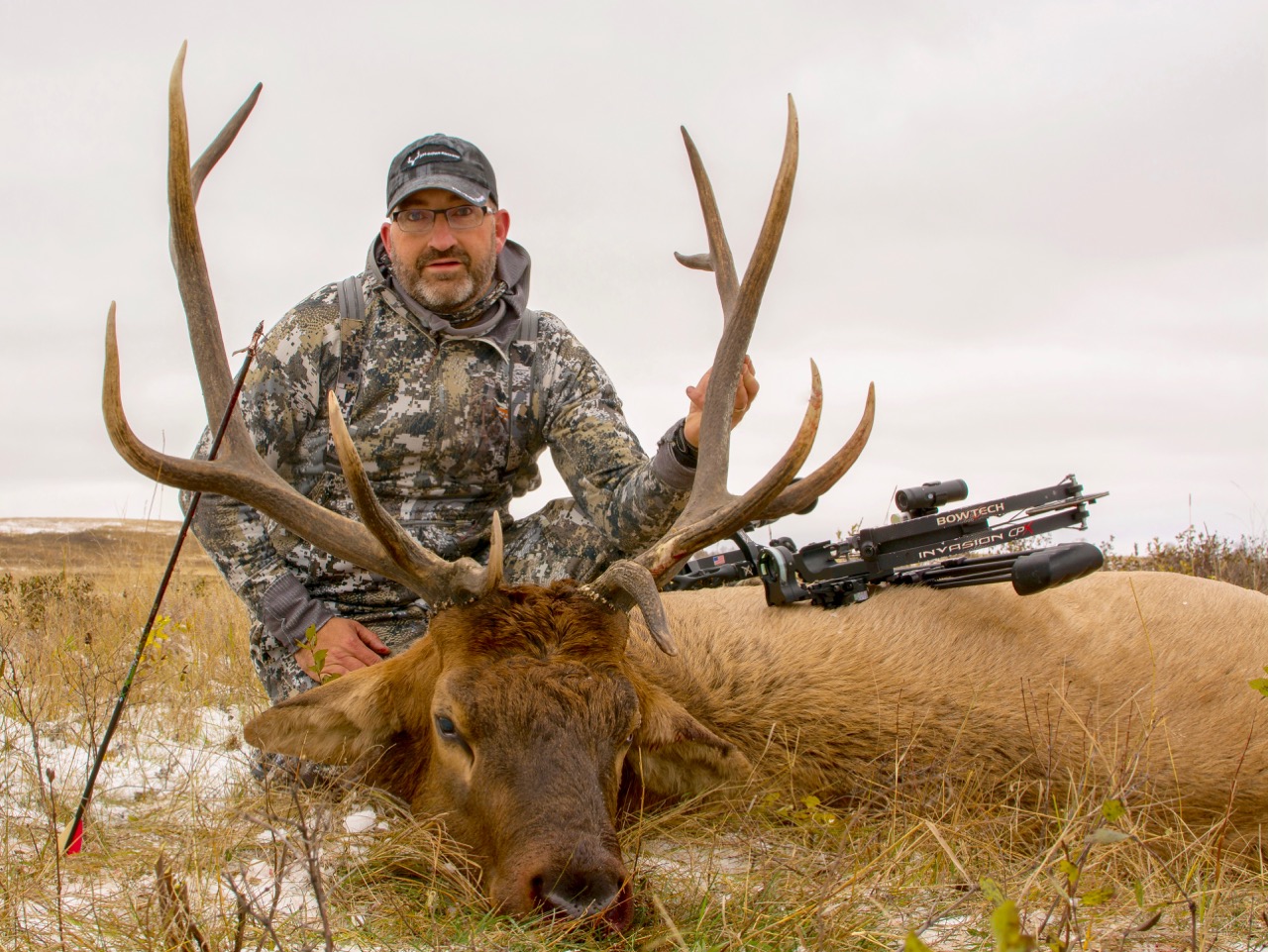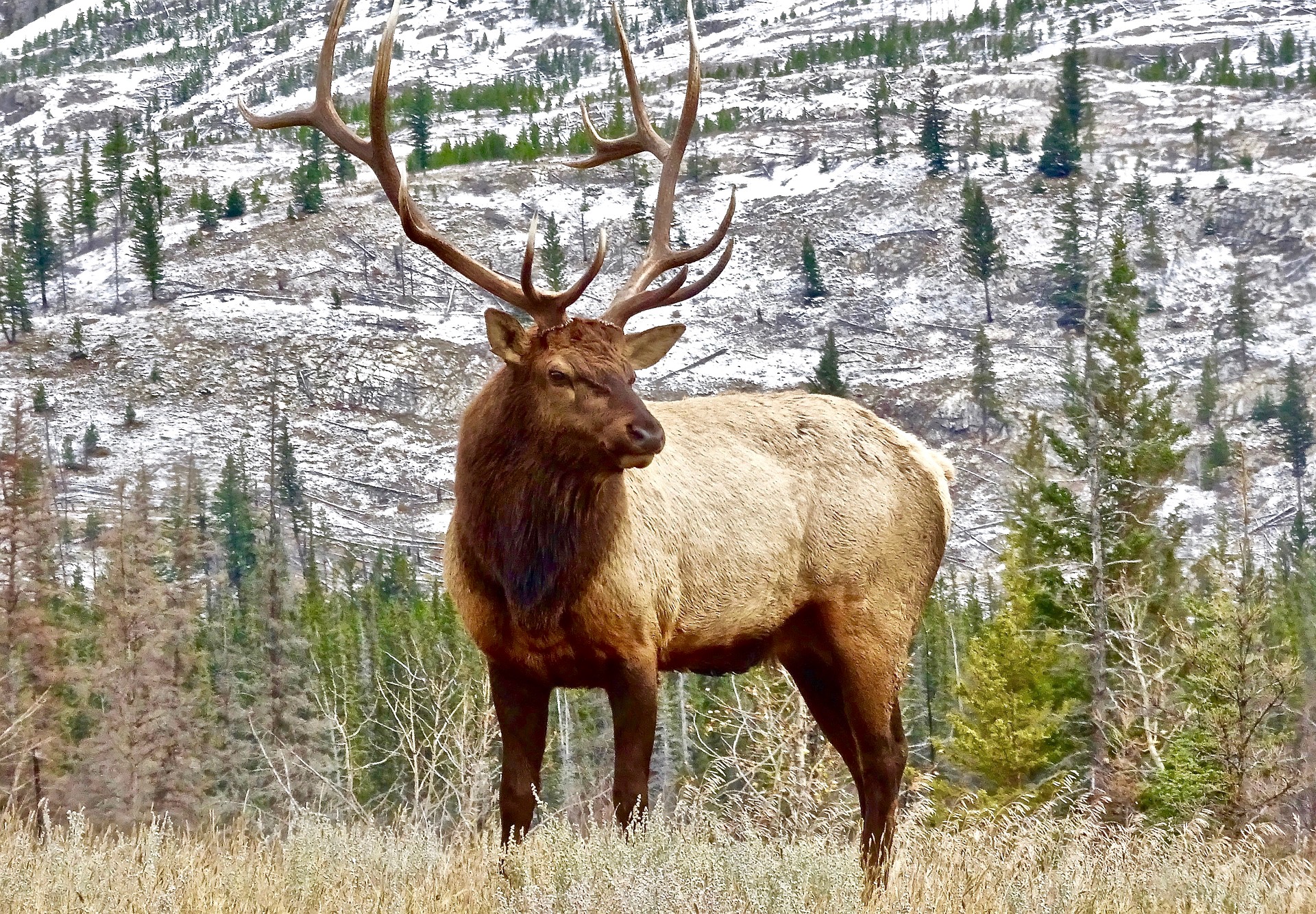Last-call bulls
You can still have a successful elk hunt well after the peak of the rut
Advertisement

STALKING
Worn-out herd bulls seek solitude after the rut peaks and don’t compete for food the way a large herd of cows and immature bulls will. The more active a bull was during the peak rut, the tougher he’ll be to find in October. And it gets harder and harder as the days get shorter. Big boys like to hide out in the deep, dark timber or at higher elevations. If you’re looking for these old beasts, your best chance is to go deep into elk country, where they re-energize for winter.
South-facing, windswept slopes and meadows, typically with thick, dark cover close by, provide good food for bulls, even when it snows. Elk are big, bright animals that can be seen from a distance on these sparsely wooded slopes and meadows, so once you spot elk from afar, the first step in setting up a stalk is to observe where they are seeking cover. After that, play the wind as usual, as well as any thermal activity if it’s hilly—and go slowly. With their energy levels quite low, these bulls won’t be very active, so you should have plenty of time to close the distance.
Advertisement

